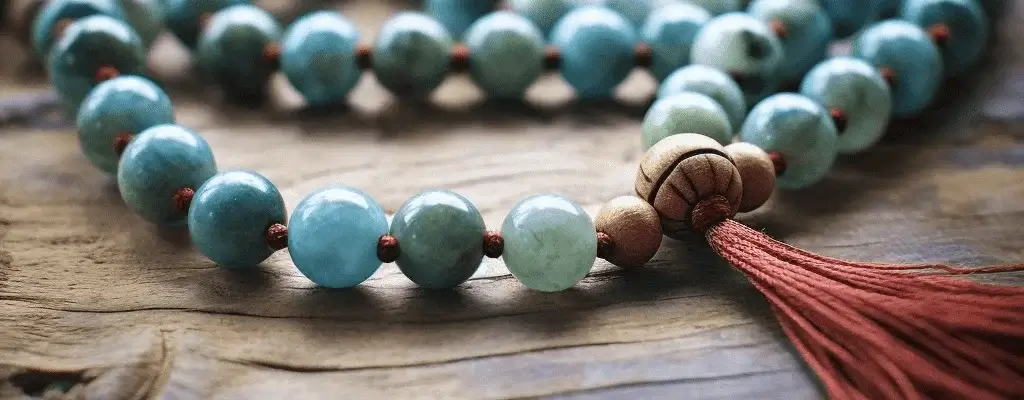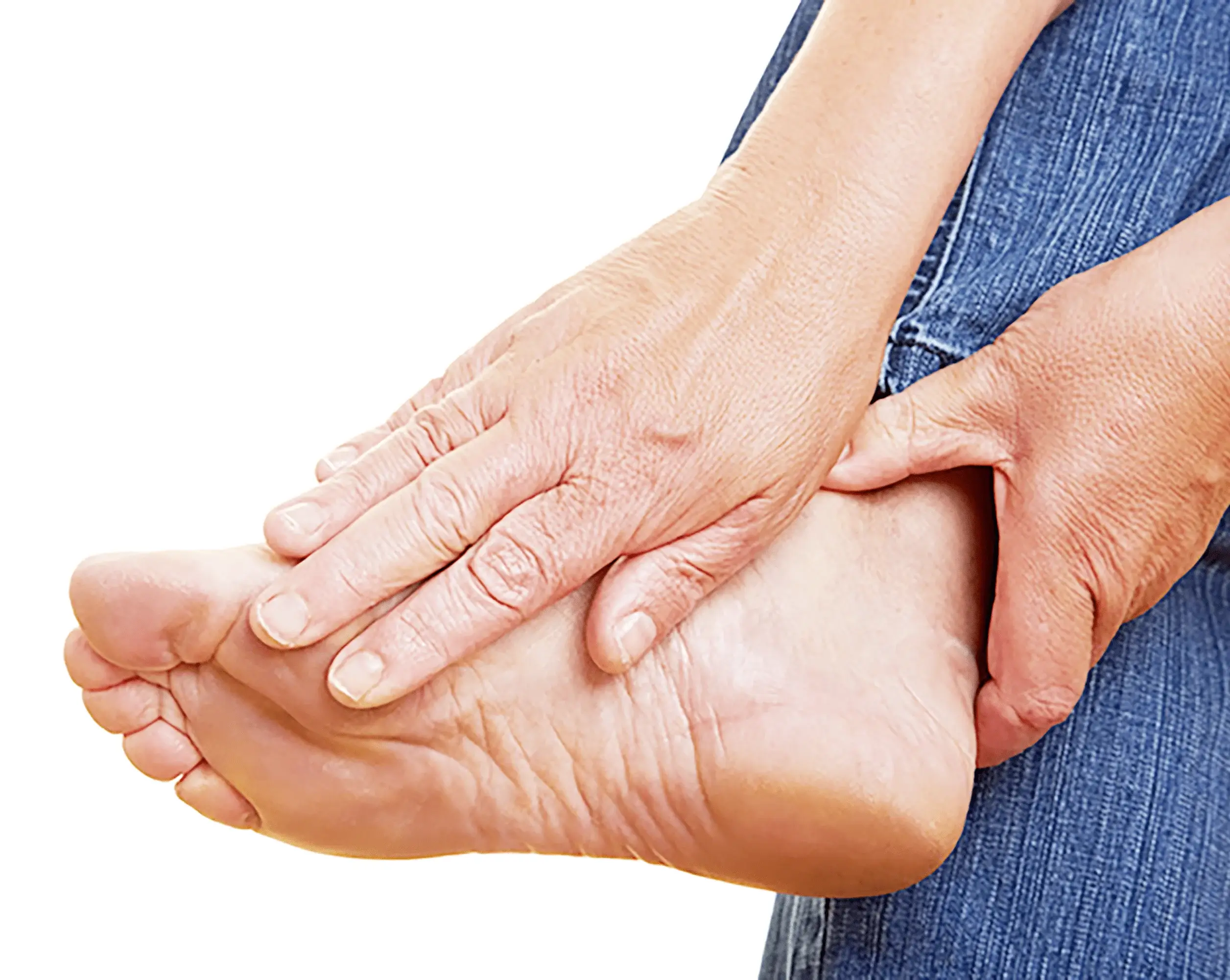Sharp and painful sensations at the heel of the foot can be a sign of plantar fasciitis. Heel pain is one of the things that my clients complain about most often when they start yoga. It appears quickly and affects the movement of the body to a far greater extent than they are aware of.
In very simple terms, plantar fasciitis is an inflammation of the tissue that runs over the heel of the foot. The inflammation can occur as a result of a combination of causes, e.g. inappropriate foot/body posture, muscle tension, footwear, and overload when standing and walking/running.
It can affect anyone but is often experienced at the age of 40 and up. Athletes (especially runners) are affected more often.
The pain is initially experienced only with heavier loads, but over time you will also have pain at rest. It can be worse in the morning, decreasing during the day as the foot is moving and warmed up. At times, you may also experience intense pain in the evening.
Because the symptoms of plantar fasciitis are experienced in the foot, causes that may lie outside the feet are often overlooked, e.g. tight hamstrings and calves. Since yoga works with the whole body and all poses challenge us from the feet up, yoga is an obvious choice to relieve plantar fasciitis.
You might also like “Stretch the feet and toes for better flexibility“
So how can yoga help?
1. You’ll learn how to distribute weight through your feet and to take responsibility for how you use your feet in your daily life. By activating all the muscles in the feet in yoga, both flexibility and strength are practiced in the feet.
2. You’ll learn to be more present in the present, through your yoga exercises you learn to become more aware of how you move your body when walking and running. Excessive weight in the heel can worsen plantar fasciitis, and constant pain will over time cause you to create compensatory movement patterns, which in turn can create pain elsewhere in the body, especially around the knees and hips.
3. You’ll create flexibility and strength in the muscle groups that are affected by/and affect plantar fasciitis. Which relieves stress and pain not only in the feet but also acts as a preventative measure for damage caused by plantar fasciitis.
Some stretches for plantar fasciitis.
1. Lower leg stretch.
Resting on all fours, hands and knees.
Extend one leg behind you, turn the toes under, then slowly lean back and push through the heel.
2. Hamstring stretch.
Sitting with a straight back and straight legs out in front of you, cross one ankle over the other.
Begin to bend forward from the hip (not the waist), keep your back straight, and try to avoid rounding your back, (think belly yo thigh movement) lean forward only until you feel a stretch along the back of your legs, support yourself by placing your hands on the floor just outside of your thighs.
3. Foot stretch.
Resting on all fours, hands and knees.
Turn the toes under and begin to move your buttocks towards the heels.
Support yourself with your hands on the floor in front of you and move them further and further towards your hips, until finally, you let go of the floor and raise your upper body vertically with your hands resting on your thighs, and your bottom resting on the heels, toes tucked under.
This is a very intense one, so have patience start out slow, and build up your endurance over time.
4. Relaxation.
If you have been on your feet all day, finish by doing legs up the wall pose.(Viparita Karani pose)
Sit with your legs bent and your side against the wall.
Now lay your upper body down on the floor and turn your legs up along the wall, legs should be as straight as possible, putting you in a position where your upper body is laying on the floor, and your legs are stretched out up on the wall, bottom (if possible) touching the wall.
If necessary, place a folded blanket under your hips and lie there in the pose for 5-20 minutes.
When you’re getting out of the pose, you bend both legs and let yourself roll onto one side.
This pose is good for draining fluid and inflammation from the legs and feet and helps to relieve pain.






